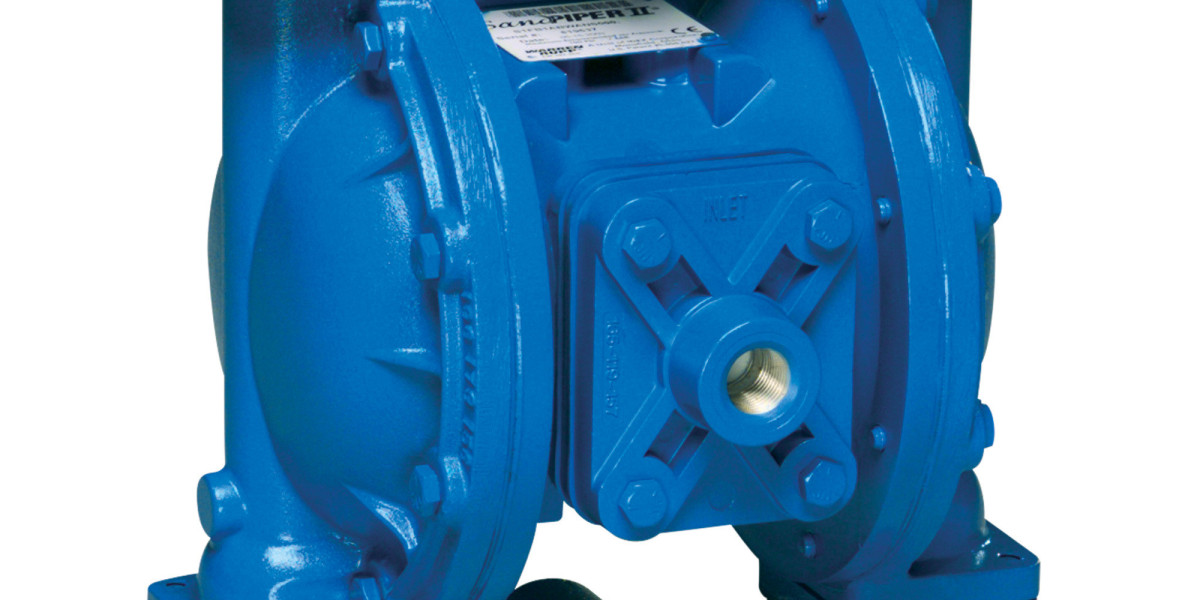Freight shipping is a vital part of the supply chain, allowing businesses to move large quantities of goods over long distances efficiently. Properly packaging and preparing your goods is essential to ensure they arrive safely and undamaged. Poor packaging can lead to delays, damages, or even additional costs. This guide will walk you through the key steps to package and prepare your goods for freight shipping.
1. Assess the Type of Freight You’re Shipping
Before you begin packing, you need to understand the nature of the goods you are shipping. There are different categories of freight, including:
- Full Truckload (FTL): Ideal for larger shipments that require the full space of a truck.
- Less-than-Truckload (LTL): Suitable for smaller shipments that share space with other freight.
- Intermodal: Goods transported using multiple modes like rail and truck.
- Air Freight: High-priority shipments that need to reach their destination quickly.
Each type has unique requirements, so be sure to confirm the specific needs of your freight shipment.
2. Select the Right Packaging Materials
Choosing the appropriate packaging material is critical to protect your goods from damage. Here’s what you’ll typically need:
- Boxes: Use high-quality, durable boxes that can withstand the weight and pressure of stacking.
- Pallets: Goods should be placed on pallets for easy handling during transit. Ensure that pallets are in good condition and strong enough to support your shipment's weight.
- Wrapping Materials: Stretch wrap, shrink wrap, or strapping helps secure the goods to the pallet. Bubble wrap or foam is ideal for fragile items.
- Padding: Ensure there’s sufficient padding inside the box to prevent movement during transport. Packing peanuts, foam inserts, or air pillows are common options.
3. Properly Label and Document Your Shipment
Accurate labeling is essential to avoid confusion and ensure the timely delivery of your shipment. Follow these steps:
- Shipping Labels: Every pallet or box should have a shipping label with the address, shipping details, and barcode for tracking. Make sure the label is clearly visible and securely attached.
- Documentation: For domestic shipping, a Bill of Lading (BOL) is required. For international shipments, additional documents such as commercial invoices, packing lists, and certificates of origin may be necessary. Always verify that all documents are complete and accurate to avoid delays at customs.
4. Organize Your Pallet for Stability
When shipping via freight, how you load your pallet can make a significant difference. Follow these guidelines for proper pallet loading:
- Distribute the Weight Evenly: Place heavier items at the bottom and lighter items at the top to prevent tipping.
- Avoid Overhanging Items: Ensure that no items hang over the edge of the pallet, as this can lead to damage during transport.
- Secure the Load: Use strapping or stretch wrap to tightly secure your shipment to the pallet. Double-check that everything is tightly wrapped to prevent shifting during transit.
- Stacking: Stack boxes neatly, ensuring that the weight is balanced and supported. Avoid stacking items too high, as this could cause the pallet to become unstable.
5. Protect Against Environmental Hazards
Freight shipments may be exposed to various environmental conditions, including moisture, temperature extremes, and vibration. Depending on your goods, you might need additional protection:
- Moisture Barriers: Use waterproof wrapping or plastic sheeting to protect goods from moisture, especially if they’re being shipped by sea.
- Temperature Control: For perishable goods, ensure the shipment is packed with proper insulation and that your freight carrier offers temperature-controlled shipping.
- Shock Absorption: For delicate items, use materials like foam inserts or air cushions to absorb shock and vibrations during transport.
6. Communicate with Your Freight Carrier
Once your goods are packaged, communicate clearly with your freight carrier. Provide them with detailed information on the type of shipment, dimensions, weight, and any special handling instructions.
It’s also essential to confirm the pickup schedule and delivery timeframes, as well as any specific requirements the carrier may have for packaging or labeling.
7. Consider Insurance
Freight shipments, particularly large or high-value ones, can be at risk of loss or damage. Even with proper packaging, accidents happen. It’s wise to invest in freight insurance to protect your shipment in case of unforeseen circumstances.
8. Understand Freight Class and Weight Limitations
For LTL freight, the classification of your shipment is based on factors such as weight, dimensions, and density. Understanding freight classes and how your shipment fits into these categories can help you avoid additional fees.
Be aware of weight limits for both your packaging materials and the carrier. Overloaded pallets or boxes can result in damaged goods or fines from the carrier. Ensure that your freight stays within the designated weight limits.
9. Plan for Special Handling (If Needed)
If your goods require special handling (e.g., hazardous materials, oversized items, or fragile goods), make sure your carrier is equipped to handle them. Clearly label and communicate any special requirements to the freight company to prevent mishandling.
Conclusion
Properly packaging and preparing your goods for freight shipping is key to ensuring that they reach their destination safely and efficiently. By following these steps—choosing the right packaging materials, securing your pallet, labeling accurately, and communicating with your carrier—you can avoid common issues such as delays or damaged goods. With careful preparation, your freight shipment will be ready for smooth and successful transit.








